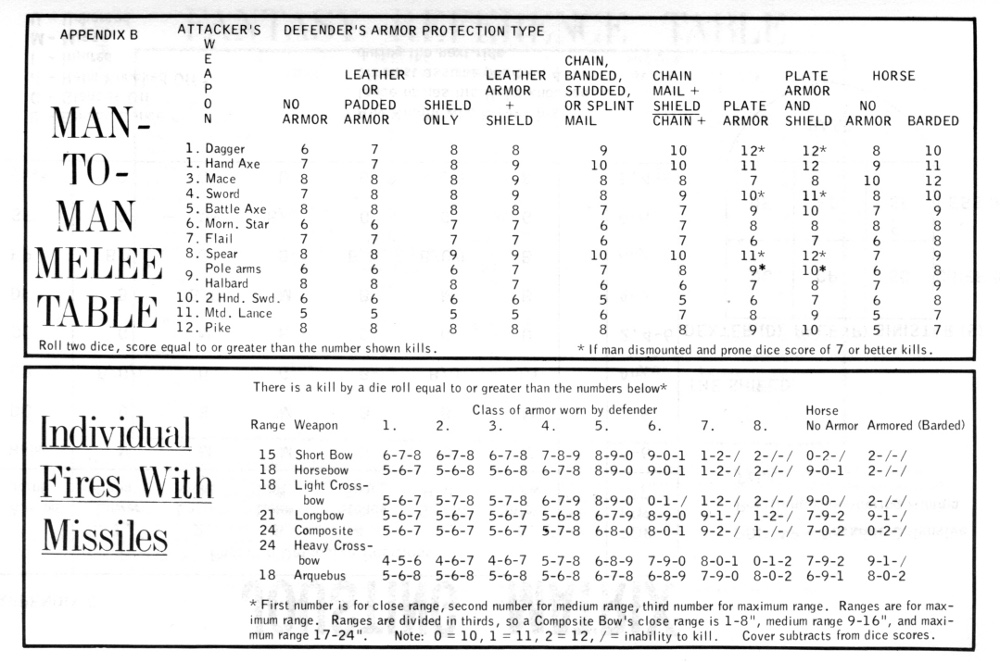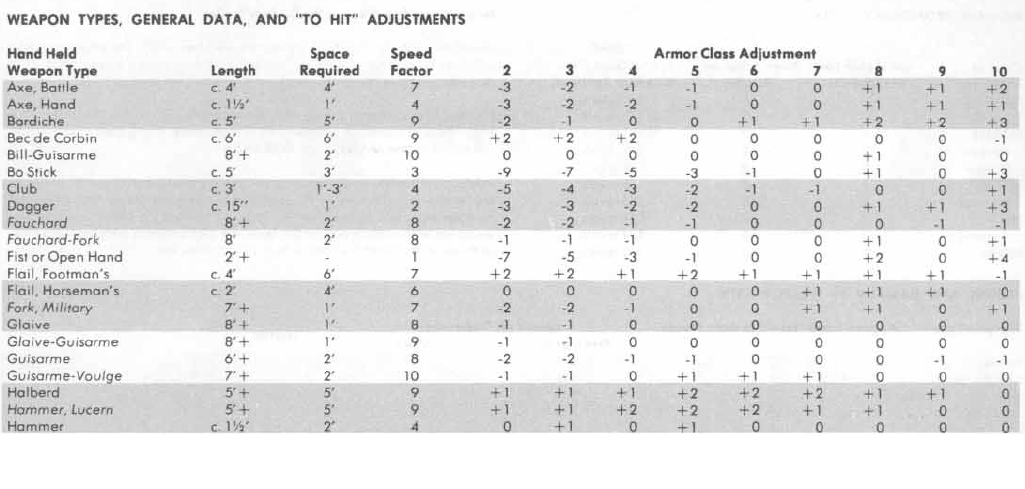There may have been an element of that, the US upgraded to the .45 after finding the .38 less effective then they wanted in the Philippines, IIRC, so it was due to actual combat experience.Eikre wrote:I'm not going to pretend to be an authority on this one but I've heard it mentioned that in WWI the American officers had a strange propensity to carry big fuck-off .45s, much in contrast to the little .32s that the Europeans packed, and that the antecedent was the in-living-memory use of the Army out on the frontier where officers planned for unanticipated hostile situations in which they actually had to blow a motherfucker away, whereas the Europeans officers thought more about them as the point-blank means of executing a subordinate who refused to go over the top before anyone else started getting the same ideas.
OTOH, the British were using the .455 Webley, and later went down to a smaller cartridge because it was more manageable and for a given budget for bullets at the shooting range you got people trained to be more accurate. The Germans used smaller rounds than the US, but while they got rid of their .32 rounds, they kept the 9mm to this day, it being made NATO standard. So, not just for officers there.


